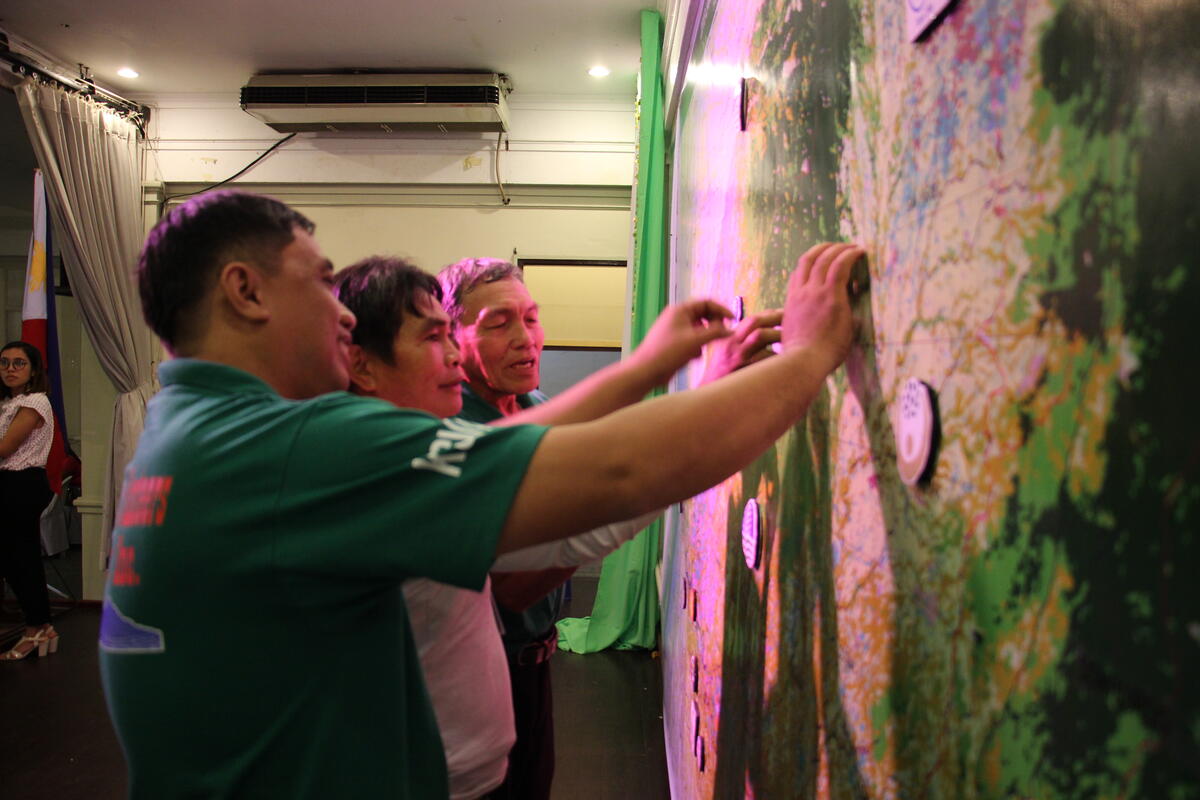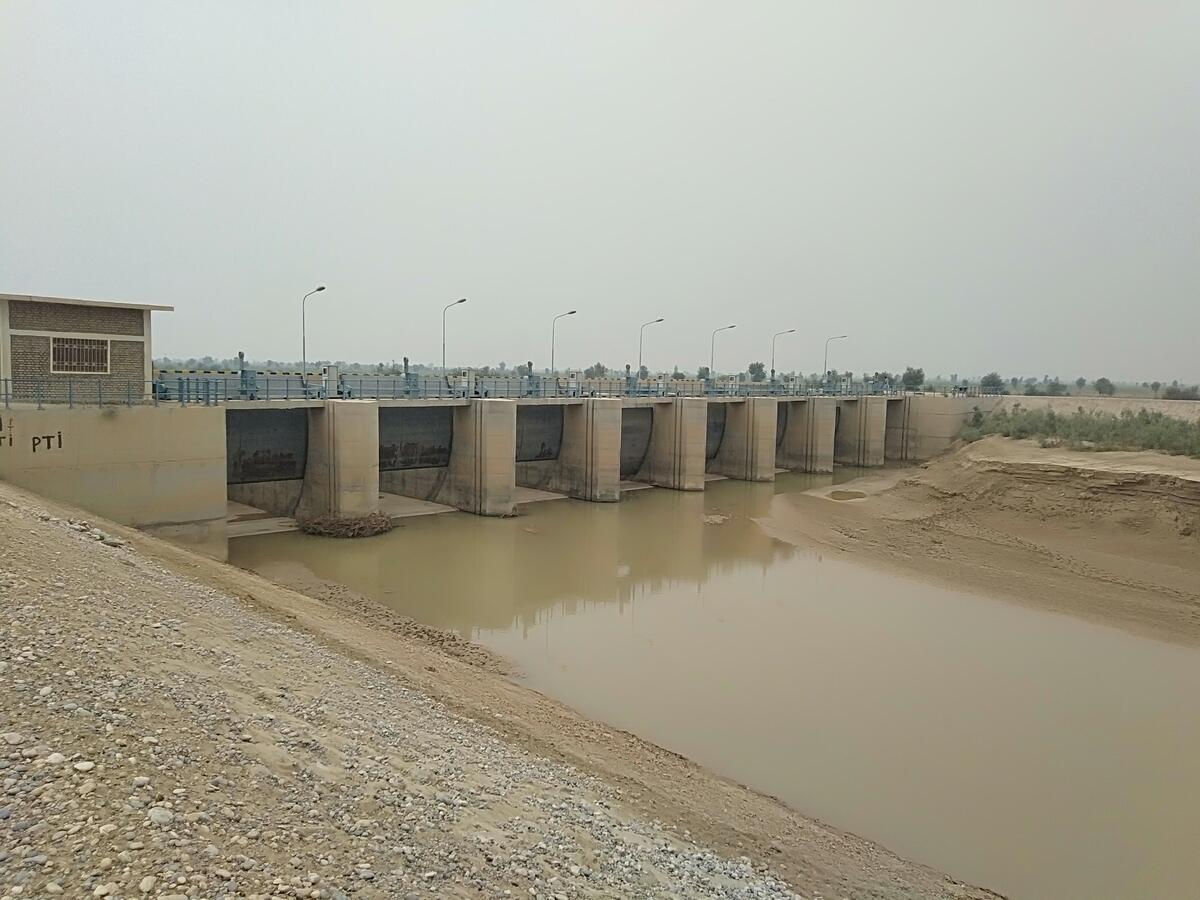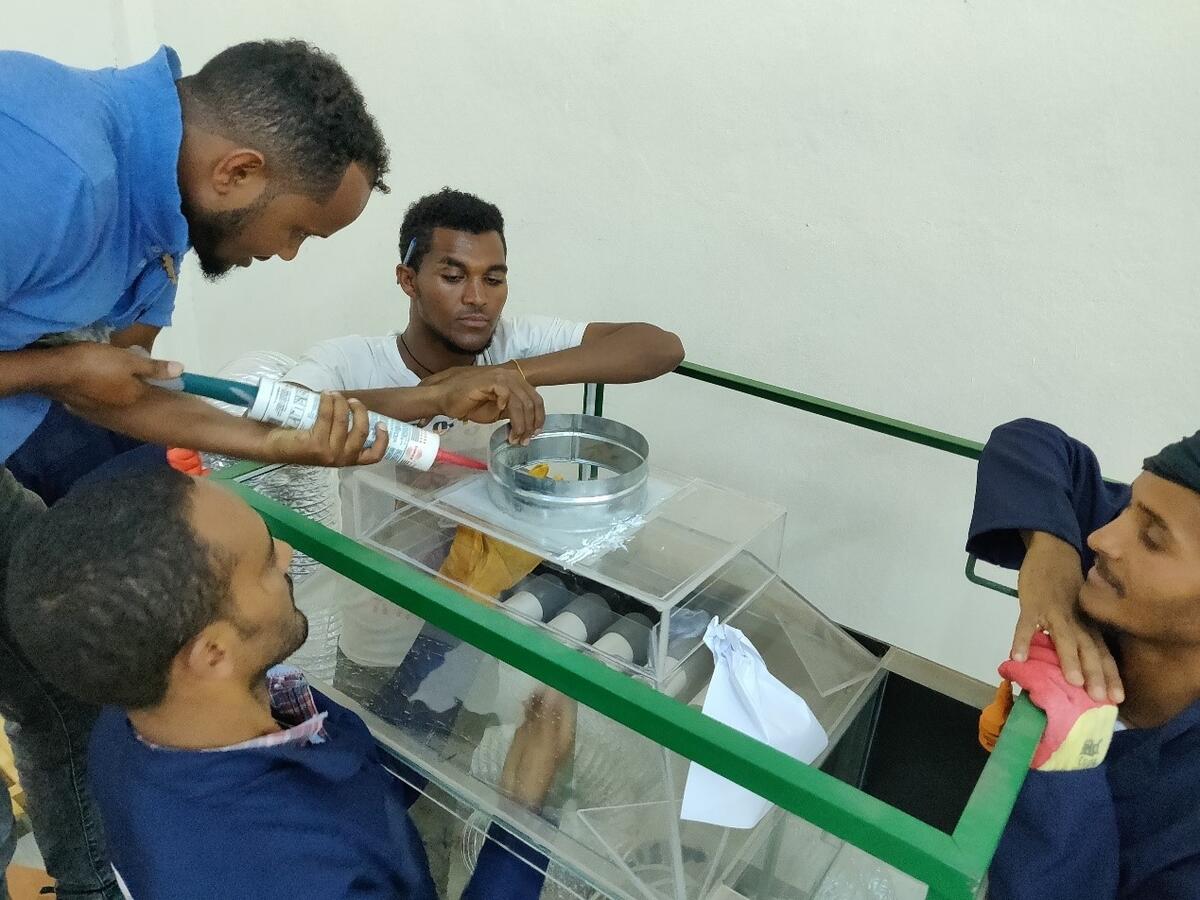A new framing for Public Private Partnerships (PPPs) in water, sanitation and hygiene (WASH), integrated water resources management (IWRM), and improving water efficiency in agriculture.
Published on: 27/03/2023
In 2022, IRC worked together with the Netherlands Enterprise Agency (RVO) to reflect on the Sustainable Water Fund (FDW) programme through a partnership lens. The end result? A new framing for Public Private Partnerships (PPPs) in water, sanitation and hygiene (WASH), integrated water resources management (IWRM), and improving water efficiency in agriculture. Could this new way of thinking about PPPs have potential to support existing partnership processes, programming and funding decisions in water or other development sectors? In this blog, Ken Caplan, Ingeborg Krukkert and Sára Bori explain and explore findings and what could be next.

The Sustainable Water Fund (FDW) is a programme focused on water safety and efficiency in 24 countries. The fund has a diverse portfolio of 42 projects running until 2025-26 providing solid experience and resources for reflection on working through a PPP approach. These FDW partnerships come in all shapes and sizes, each with a unique configuration of partners, and approaches that are tailored to the local context. This diversity aside, all tap into the much-needed skills and resources of different stakeholders. It is assumed that PPP projects are also more likely to result in greater acceptance of proposed solutions, a higher level of integration around proposed responses, and a stronger chance of ensuring that approaches and solutions are sustained over time due to greater local ownership.
Working closely with RVO, IRC was tasked with identifying any patterns that could help understand how best to optimise partnership approaches.
Through various reflection activities, we found that FDW partnerships tend to be framed around one of the following objectives:
Partnerships on Reshaping the rules place a strong emphasis on solving development challenges at their source or root (i.e., at a systems level). This could mean potentially introducing new ways of working, and new structures, rules, standards and regulations. Such partnerships generally aim to shift the status quo, which may be seen as inequitable, unsustainable, or counterproductive in achieving broader public policy goals. This could involve the introduction of new water pricing structures, agreeing revised water allocations, developing new public sector investment mechanisms, etc.
An example of such a partnership is the 'New water rights for basin management and inclusivity in spate irrigated areas of Pakistan' project.

"Looking at how partnerships have developed, it is because of a strong interest from certain people in government at all levels who thought that the project's approach is the right way of doing things. In Balochistan, government officials have done a remarkable job of continuing this work given the political unrest, and uncertainties in budget. In the end it is individuals who make the difference." - Dr. Frank van Steenbergen, Director, MetaMeta
The engagement of higher-level government in a project gives local government confidence to get involved as well, while change happening on the ground, in turn gives meaning to this higher-level government engagement. This is an incentive for different groups, who would not normally work together to do so and make change happen.
The livestock department of local government working with the NGO, receiving transport support and therefore entering areas they would otherwise not be able to. Or introducing new crop sources from research stations that are hard to access, but which then can be tested in more places due to MetaMeta's wide network. Previously, SIDA (public partner) was not involved in spate systems, and through this project they have become familiar with the topic, gained larger visibility and have taken on new roles and responsibilities.
Partnerships for Reinforcing public institutions are designed primarily to build up public institutions to overcome capacity gaps, and to deliver on policies, rules and regulations that likely already exist. Such partnerships may be aimed at, for example, reducing Non-Revenue Water, strengthening organisational planning and budgeting processes, or creating greater capacity for the enforcement of regulations and related functions.
An example of such a partnership is the "Alternative approaches and tools for improved WATSAN in Uganda" project. This type of partnership is expected to largely work within the status quo to raise standards and enhance viability while in some cases introducing new roles, rules and regulations.
In this case, the public utility and lead partner, the National Water and Sewerage Corporation (NWSC) in Uganda brought the project in as a value add through their consultancy services.
For NWSC and partners, one focus area was energy reduction. To manage this, new roles were created for staff within NWSC to build their capacities on solar energy and supervise this within the utility. These roles will continue after the project.
"Without NWSC's lead role the creation of these roles would have been different. We believe in identifying the problem through a DIY approach. We are moving away from a project running for a few years, towards ensuring that interventions continue to last beyond project implementation." - Dr. Rose Kaggwa, Director Business and Scientific Services, National Water & Sewerage Corporation
Partnerships that respond to a public need with market solutions provide products and services with a strong emphasis on resolving a problem at the household, user, or community level. Such partnerships generally work within the status quo (i.e., they may not initially be seeking to solve the problem of pollution upstream or to create new water sources) and tend to focus on a direct commercial opportunity for a private sector firm or social enterprise.
An example of such a partnership is the 'Safe drinking water for Ethiopia' project. Working through subsidy opens doors in Ethiopia and has initially made it easier for the private sector lead partner to collaborate with the public sector. The formal public partner in the PPP is the Regional Bureau of Health. Their participation is crucial for awareness raising in the region as well as demand creation . Working with government is essential for conducting private sector operations at the local level.
"As the risks for running a business in Ethiopia are high, it is unlikely that Nazava could have been established without the FDW subsidy. Few SMEs would have dared to set up a business without financing that helps mitigate risks. Social enterprises like Nazava, which aim to contribute to the public good, are key in the development of a country. PPP projects help social enterprises to avoid being left in the dark, ensure they are aligned with priorities of the government, and address public needs. And we are here to stay. After the project ends, we'll still be here. Some projects can be supply driven but will not match the needs of beneficiaries. As a company we don't have this luxury, we have to add value, or we'll cease to exist." - Anniek Elemans, General Manager, Nazava

The key benefit of looking at the portfolio through this partnership lens is to better understand what to expect from these relationships, to identify more specifically where challenges may likely emerge, and thus to gauge more realistically the resources (financial, human, and otherwise), capacity, and dynamics that might be needed to make these different types of partnerships work. It helps form partnerships that best fit the objective of a project. If the objective is a market solution to solve public needs, the project will need a different partnership set up than when the aim is for new regulations to happen. This should also help guide a more robust analysis of whether a partnership is delivering on its stated objectives, or whether the same results could have been achieved through a more traditional contract, grant, or business arrangement. It also helps to identify more specifically and early on what kinds and from where to leverage financing at later stages to take the project/business case to the next level.
Partnerships may try to blend the different objectives or may start in one category but be purposely designed to evolve into another over time. Overall, the framing can guide how partnership can form and adapt based on the (evolving) objectives.
This work sought to derive overarching lessons around framing partnerships. Understanding that each context and partnership configuration is different and that the levels of ambition will be guided by what is realistic, there is clear scope to take the exercise further through deeper assessments and evaluations that analyse power structures and relationships, the contributions (financial and otherwise) of different stakeholders, and the sustainability of the different measures put in place or business models introduced.
Join us at the All Systems Connect symposium from May 2-4 in The Hague to explore how the PPP state of the art can support cross-system collaboration and achievement of the 2030 agenda.
At IRC we have strong opinions and we value honest and frank discussion, so you won't be surprised to hear that not all the opinions on this site represent our official policy.